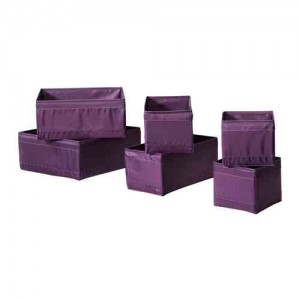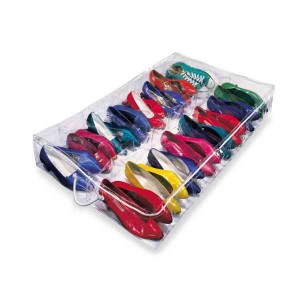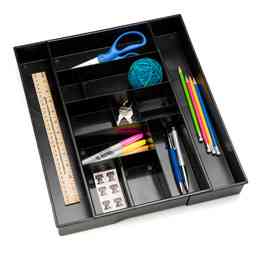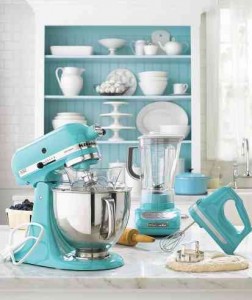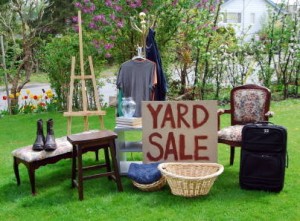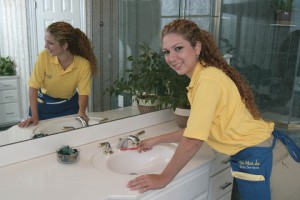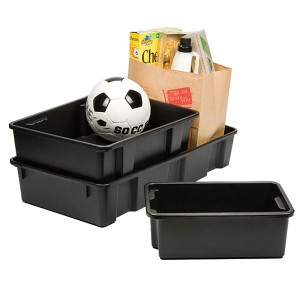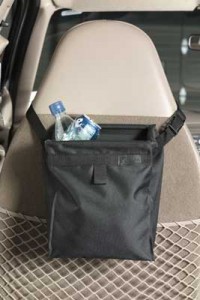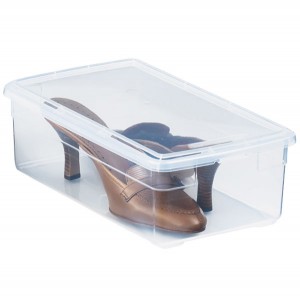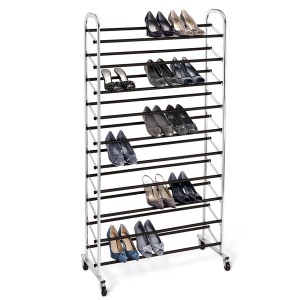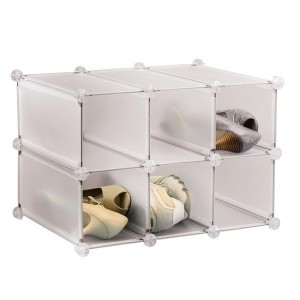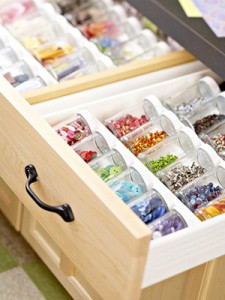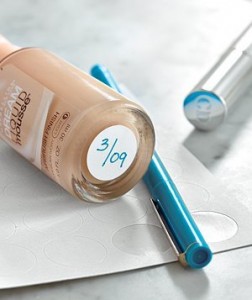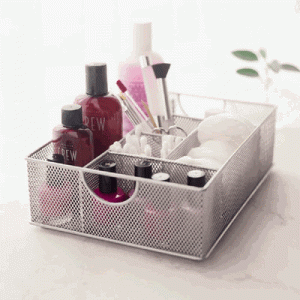Some of the best professional organizer tips are the most simple. They’re the kind of small changes that make such a noticeable difference that an entire home can feel drastically more organized once implemented. Below are some of o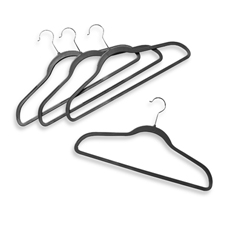 ur favorites.
ur favorites.
Hangers: One inexpensive change is to swap out old mismatched hangers for a new set. The change will not only increase the perception of organization, but if you select a thin, slip-free variety it will also help maximize space in the closet.
Like with Like: Instead of storing items anywhere they’ll fit, take the time to group like items together. For example, in your linen closet, designate specific shelves to certain items such as pillows or sheets. This will greatly improve your ability to easily find what you need.
Labels: Organizers love labels because they work. Labels encourage a behavior of putting items back in their designated homes. There is no confusion about where things belong and thus organization is more easily maintained.
The Daily Reset: We often talk about the re-set in terms of an office, but the concept applies to all aspects of one’s life. At the end of the day, take a few moments to put things back, prepare your physical needs for the following day, and generally tidy up. The daily routine will drastically cut down on lost belongings and general disorder.
Counters: Clearing kitchen and bathroom counters of all unnecessary items can drastically reduce visual clutter. For example, if you use the toaster once per month, consider moving it inside a cupboard. The extra counter space will make the room feel cleaner and larger.
Good Luck!
-TWOW

